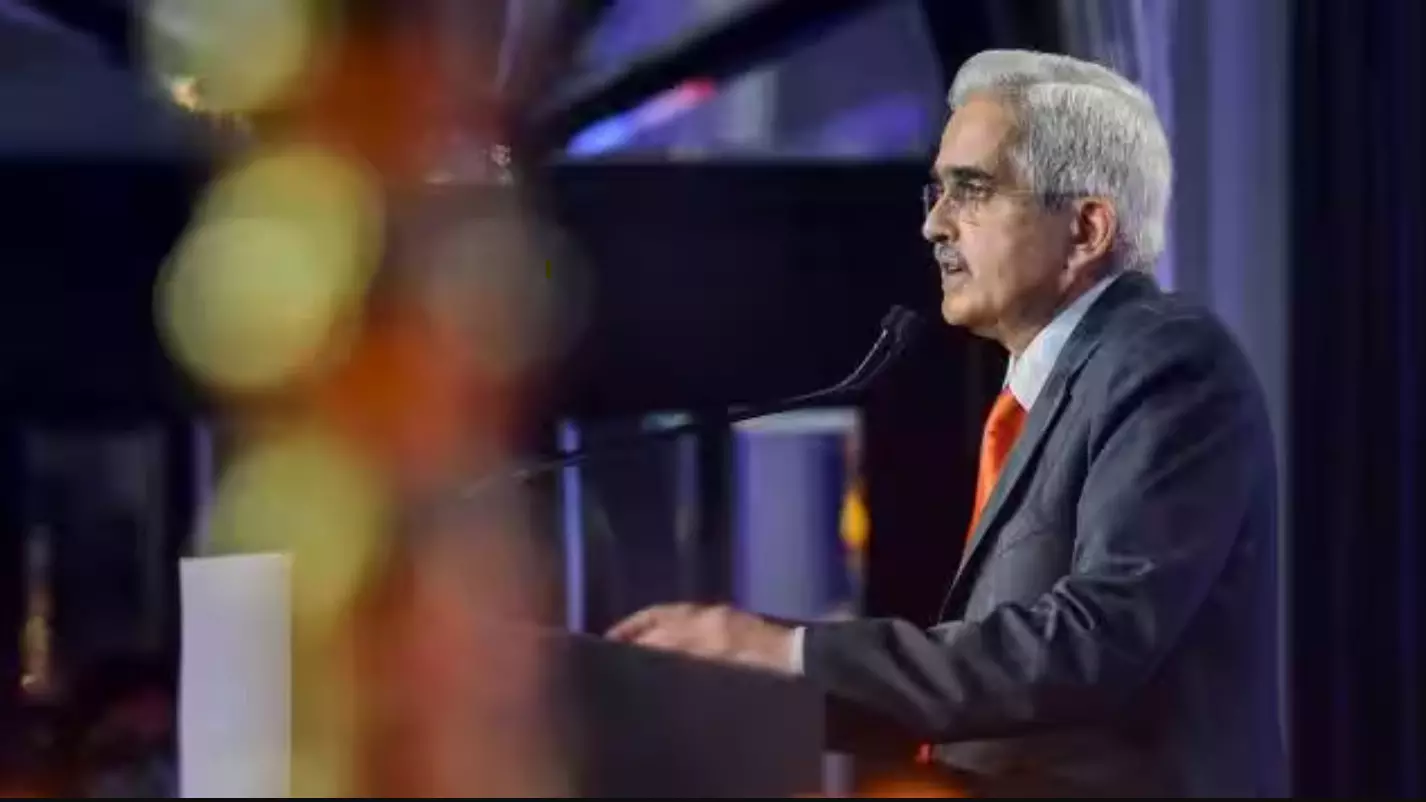A prudent pause

In a move that marks the fifth consecutive pause, the Monetary Policy Committee (MPC) of the Reserve Bank of India (RBI) chose to keep the benchmark policy rate unchanged at 6.5 per cent. This prolonged pause has followed a cumulative 250 basis points rise in the policy rate since May 2022. Notably, the RBI has also retained the 'withdrawal of accommodation' stance, underlining its commitment to striking a balance between stimulating economic growth and maintaining stability. The term 'withdrawal of accommodation' holds significance in the realm of monetary policy, denoting a shift where a central bank reduces or removes the stimulus provided to the economy. Accommodation, in this context, involves measures like low interest rates designed to boost borrowing, spending, and investment. The decision to withdraw accommodation signals a tightening of monetary conditions, a move often taken to curb inflation or address concerns about economic overheating. While there was a unanimous decision to keep the benchmark interest rate unchanged, the MPC panel voted 5:1 in favour of retaining the 'withdrawal of accommodation' stance. The emphasis of the central bank is clear — it remains steadfast in its commitment to attaining the ideal inflation target of 4 per cent, a goal described by RBI Governor Shaktikanta Das as akin to one that was targeted through 'Arjuna's eye.' The cautious approach taken by the RBI seems well-founded. Governor Das has highlighted the vulnerability of the inflation scenario to recurring and overlapping food price shocks originating from global factors and adverse weather events. Simultaneously, the backdrop of heightened global uncertainty has led to volatility in oil prices and financial markets. In light of these challenges, the decisions taken by the MPC appear fully justified. The intriguing revelation from the RBI's MPC decision lies in its outlook on economic growth. Despite inflation concerns and global uncertainties, the panel has expressed confidence in the resilience of India's GDP growth. Following better-than-expected second-quarter GDP estimates, the RBI has revised its forecast for the full year to 7 per cent, up from the previous 6.5 per cent. The first half of the ongoing fiscal year witnessed an impressive growth of 7.7 per cent, although the growth rate is expected to moderate to 6.25 per cent in the second half. The central bank's projections for the next year also remain optimistic, foreseeing a growth rate of 6.7 per cent in the first quarter. Backing these statistical predictions is the optimism on the ground. The RBI remains positive about the investment scenario and anticipates an uptick in the manufacturing and construction sectors. Additionally, the central bank sees signs of a gradual rural recovery, further contributing to the overall economic outlook. However, amidst this optimism, a sentiment of uncertainty lingers, mirroring the concerns expressed by the RBI. The sluggish pace of growth in consumption hints at a cautious approach among the public at large. Efforts need to be directed towards strengthening consumption, a crucial driver of economic growth. Nonetheless, the RBI's decision to accord primacy to price stability at this juncture appears prudent. Striking a delicate balance between growth and stability, the central bank's commitment to ensuring a sustainable pace of growth without hiccups is commendable. In navigating the complexities of a globalised and uncertain economic landscape, the RBI's cautious approach instills confidence and lays the groundwork for a resilient and balanced economic future.



